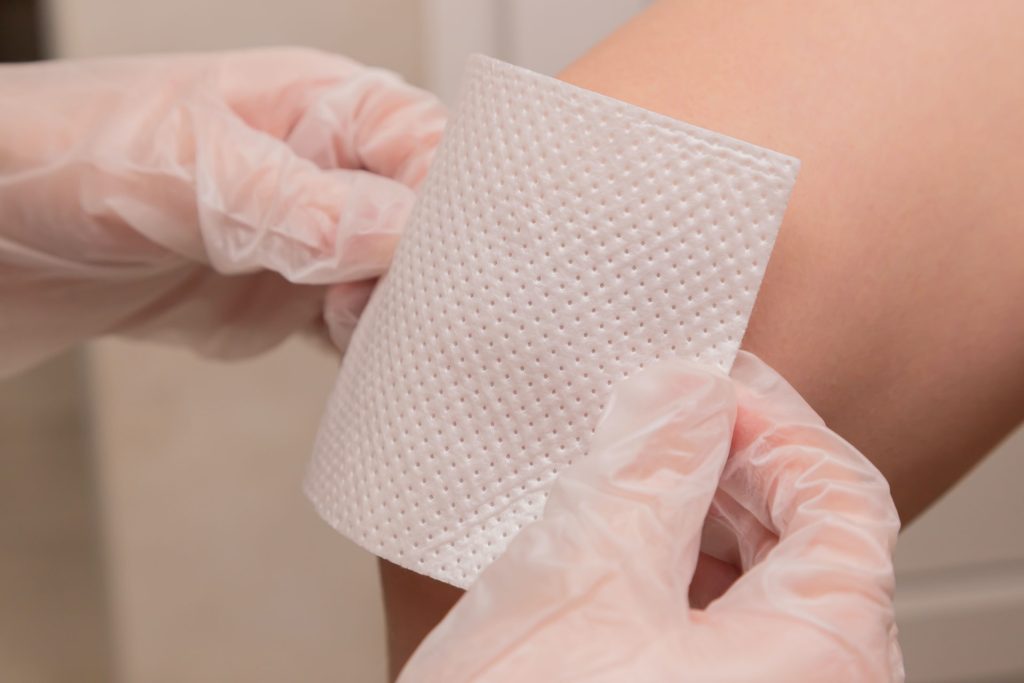
University of Nottingham researchers have discovered a new class of polymer that can aid healing in hard-to-treat diabetic wounds by providing instructions to both immune and non-immune cells. This new material that can be applied to diabetic wounds to accelerated healing with just one application. The findings have been published in Advanced Materials.
Wound healing is a complex biological process that involves various cell types working together, with a cell type called fibroblasts playing a critical role in forming new tissue required for healing. Diabetes can disrupt these processes in cells making wound healing slow and difficult to treat. This can lead to infection and in extreme cases the need for amputation.
Experts from the School of Life Sciences and Pharmacy screened 315 different polymer surfaces, examining the different chemical make-up of each until they identified a polymer type that actively drives fibroblasts and immune cells to promote healing. A team from the School of Engineering made small particles that are decorated with this polymer on their surface. These particles could be directly applied to the wound area.
The long, repeating chain structure of polymers gives them unique properties that can be tailored for different uses. Using polymer microparticles the team showed how this new material, when delivered to a wound on an animal model, produces three times more fibroblast activity over a period of up to 96 hours and achieved more than 80% wound closure.
This new polymer could be applied as a coating to standard wound dressings to provide a fast and effective treatment.
Source: University of Nottingham

